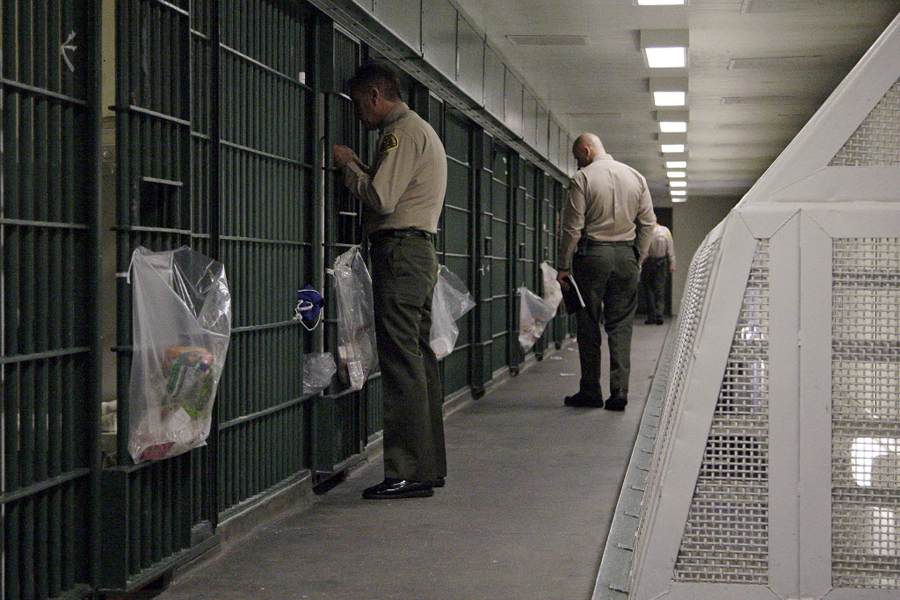FBI reports a drop in crime in 2013: why the rate continues to fall
Loading...
| CHICAGO
Overall reported crime was down in the first half of last year, according to new federal data from more than 270 cities that show declines in all categories except rape.
The overall decline follows a national trend that is 10 years in the making, says Tod Burke, a criminologist at Radford University in Radford, Va. “The trend is downward. This is all good news,” he says.
The Federal Bureau of Investigation reported Tuesday that homicides dropped nearly 7 percent in the first half of 2013, compared with the same period a year earlier. Violent crime fell 5 percent. The greatest drop in homicides, 14.5 percent, took place in the Northeast, but other regions also reported a falloff in homicide rates: the West (6.9 percent), South (5.4 percent) and Midwest (4.3 percent).
Arson was the only category represented by a double-digit decrease last year at nearly 16 percent. Burglaries fell the second most, 8 percent. Robbery (1.8 percent) and motor vehicle theft (3.2 percent) fell the least.
There are multiple reasons why crime rates continue to fall. One is more effective policing techniques, which incorporate technology and data to target specific areas or individuals, and are much more effective in prevention efforts.
“It is no longer how many officers you have, it’s where you place them. You’re seeing a lot more creative policing than what was going on in the past,” Professor Burke says.
Digital and mobile technologies are also creating more awareness and connecting the public with law enforcement more immediately. Not only can the public serve as “the eyes and ears of the police” via the cameras they have on their devices, but they are able to send and receive alerts immediately, which can help preventing and solving crime. “The community becomes an extension of the police,” he says.
Other factors include rising incarceration rates, which remove those most likely to commit crimes from the streets; and urban removal efforts, which have improved blighted areas most likely to be havens for crime.
The FBI data are not a comprehensive representation of national crime trends, as only 272 cities report their statistics.
“It’s a snapshot and we should take it as just that,” Burke says. Besides not including every city in the US, one disadvantage is that some municipalities may, intentionally or not, have different reporting methods for classifying certain crimes.
In releasing the data, the FBI announced it was the first time that the number of rapes was based on a new definition, which it said represents a clearer picture of sexual violence.
Starting in 1927, the FBI began collecting data on “forcible rape,” that is "the carnal knowledge of a female, forcibly and against her will." In its latest crime report, the FBI has expanded its definition to include both genders of victim and perpetrator and a broader definition of what constitutes rape.
The difference in reporting is reflected in the numbers. Under the new definition, data show that rapes increased nearly nine percent in the first six months of 2013, compared with the same time period the previous year. Under the old definition, the opposite was true: rape fell nearly 11 percent in 2013.
Katie Hanna, executive director of the Ohio Alliance to End Sexual Violence in Cleveland, says that the former definition did not “reflect the large number of victims we know, as advocates, are out there.”
“By including the new definition, what it says is this is a public health issue we need to take seriously," Ms. Hanna says, adding that the number of rape victims is likely much greater, since a large percentage of victims choose not to report the crime.








